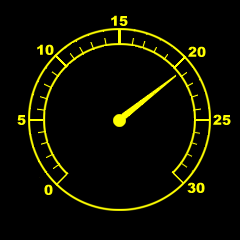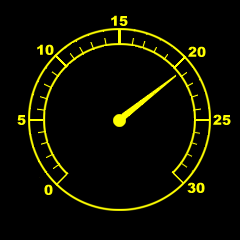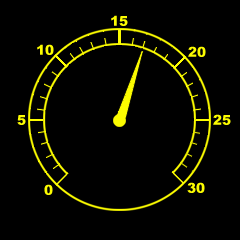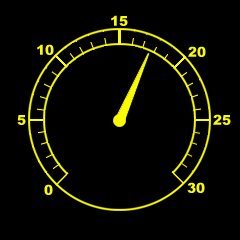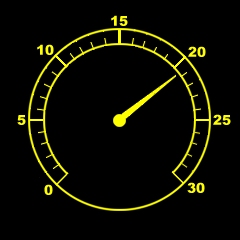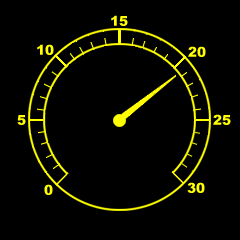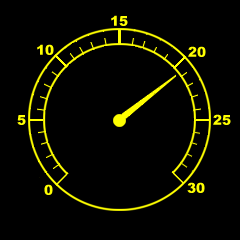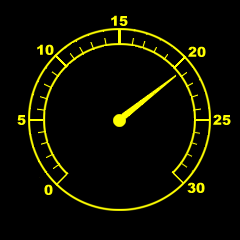What is vacuum? Technically it is a pressure less than atmospheric pressure. Air has a certain weight, this is known as atmospheric pressure and exerts a force on all objects surrounded by the earths atmosphere. At sea level the atmospheric pressure is 14.7psi. As we climb in altitude the air becomes very thin and consequently weighs less, therefore the atmospheric pressure is less at altitude. Now lets discuss the term vacuum in relation to an automotive engine. The engine is, in one sense, a vacuum pump. Contrary to popular belief, the pistons of the engine do not suck air through the intake manifold and carby on the intake strokes. What really happens technically is the surrounding air is forced by atmospheric pressure through the carburettor and into the intake manifold and cylinders because of a partial vacuum (or pressure difference) created by the pistons by their downward movement. This is called intake manifold vacuum and is the common name used by most mechanics. A perfect vaccuum is not possible in an engine so it is always a partial vacuum and this exists when the pressure inside a space (intake manifold) is less than atmospheric as I stated at the beginning. If you find it hard to understand, find a syringe and try this little experiment. Place your finger over the opening where the needle is fitted and draw the syringe down. The syringe should stay stuck to your finger because you have created a space void of air. If a vacuum gauge was attached to this space then a vacuum would be measured. Now imagine the plunger of the syringe is the piston in an engine. As it stands right now, the plunger is stationary, so if you take your finger off the end of the syringe, you will hear a sucking noise which of course is the air rushing in to fill the syringe. This is exactly what happens in an engine. The air is not technically sucked although this is the common misconception. The correct answer is that the pressure in the syringe was less than atmospheric and by removing your finger you allowed the pressure difference to equalise. If you still can't get it, don't worry. Understand though that vacuum in an engine is an important measurement used to diagnose many mechanical problems such as rings, camshaft, valve and cylinder head problems. I found these handy little gif's on the internet, hope they are useful to you. When you purchase a vacuum gauge, there should be an instruction sheet included which will show these common faults and probably a few more. A vacuum gauge used in conjunction with an oscilliscope and gas analyser will lead an experienced mechanic to an accurate diagnosis of any engine.
If you suspect a vacuum leak in the intake system then there is an alternate method to using a stethescope and is commonly used among the mechanical fraternity, that is until a better device such as an ultra-sonic leak detector became available which is now the preferred method used as the old method was just dangerous in some circumstances. Extreme caution is required here as you will be using highly flammable fluid. A singer sewing machine oil bottle or something similar is the best to use. Fill it with starting fluid or petrol if you really must. Now very sparingly squirt a few drops of this fluid over the component you want to check. About the only item I ever used this on is the intake manifold gasket. If the gasket was leaking the fluid would be drawn into the manifold and the engine would immediately react to the extra hydrocarbons by raising in idle speed and then return to the original idle state,which should be erratic. Like I said be careful where you squirt this fluid, it is highly flammable and only squirt a few drops.
|
|
|
|
|
Normal Engine: When the engine is healthy and working correctly, at idle the needle of the gauge should be steady and within the range of 19 – 21 inches of mercury. |
Normal engine: When throttle is snapped open and closed rapidly needle falls to 2 or 3 and swings back to 24 or 25, falling back to normal idle reading Indicates rings and valves ok |
Poor rings: Motor idling, hand reading steadily, but 2-4 points lower than normal. This may also indicate poor or contaminated engine oil, late ignition timing, a leaky vacuum hose and a leaking gasket between the intake and carb or throttle body. |
|
|
|
|
|
Poor rings: When throttle is snapped open and closed rapidly needle falls to 0 and rises to only 22 or less. |
Sticky valves: Needle drops occasionally about 4 points at idle speed. May also be caused by ignition misfire. Read the spark plugs. |
Burnt valve: Needle drops regularly by several points at idle speed. |
|
|
|
There are a few more variations, but these are the most common. Vacuum readings will decrease as your altitude increases. So if you live above sea level you must allow for this in your readings.Remember to drop 1 inch of vacuum for each 1000 feet you are above sea level. |
|
Leaking valve: Needle drops 2-4 points when valve should close. short circuiting individual spark plugs will indicate cylinder in which the valve is defective, when engine idling. |
Worn valve guides: Rapid fluctuation of needle between 17 and 21, when engine idling. Exhaust smoke may also be present. Weak Valve Springs: When revving the engine hard, needle varies between 14 – 22 inches of mercury. As rpm increases, a wider variation occurs in needle movement. |
